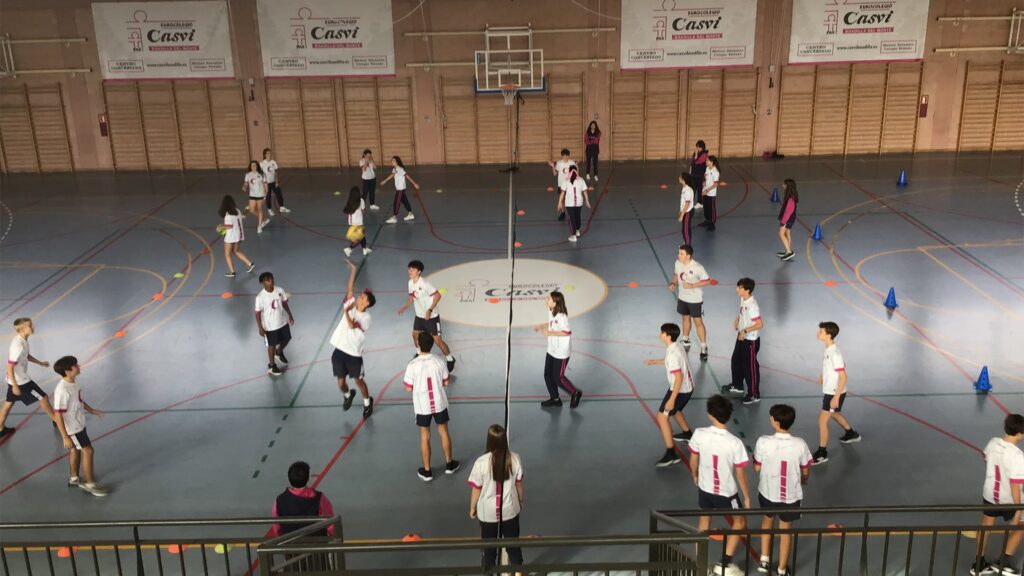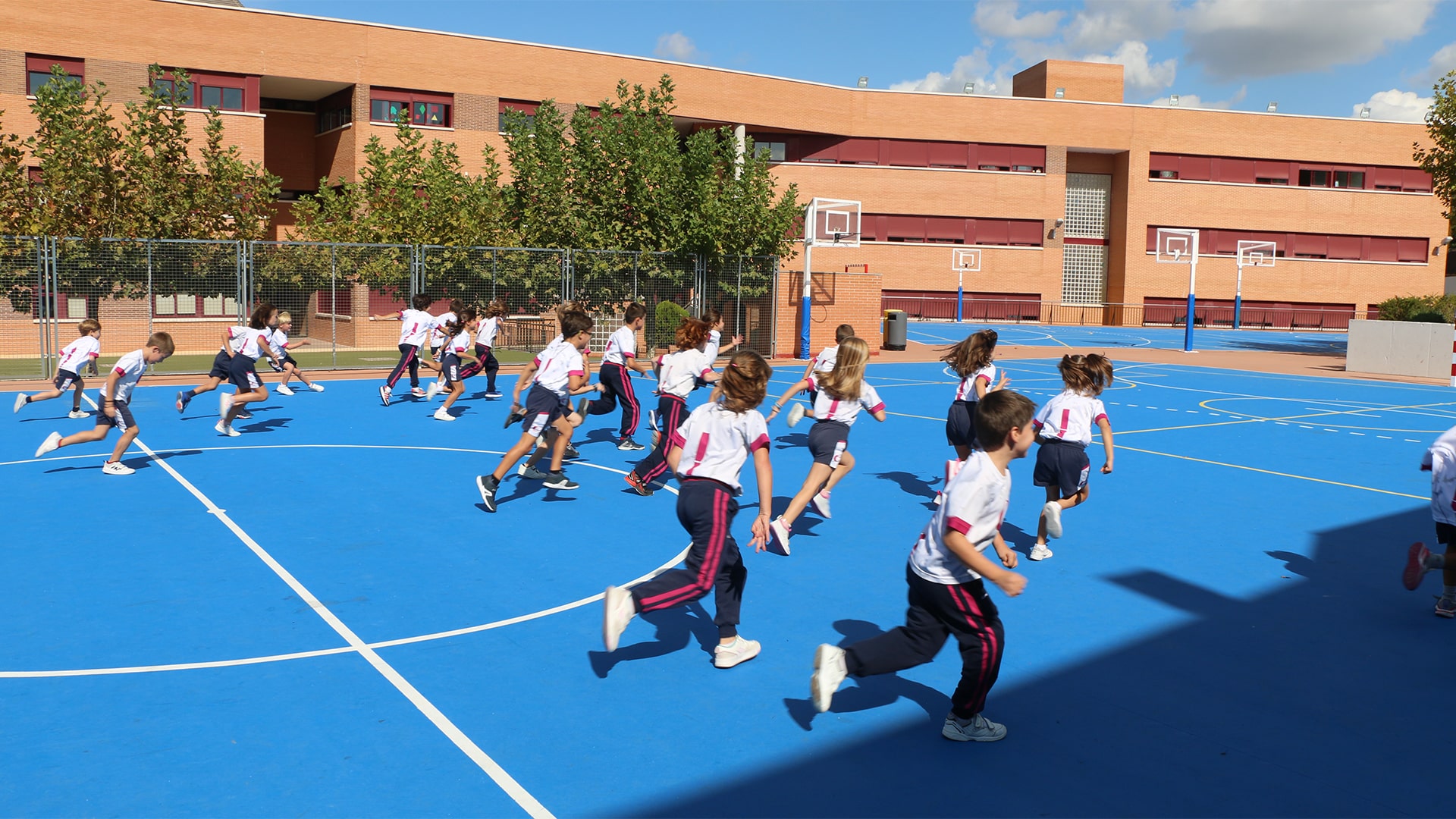The world in which we live is very competitive and the desire to be first is constantly instilled. In the case of children, this is measured in competitive situations at home or at school. But, in the field of sports, what is the relationship between children and healthy competition in sports?
Learning to differentiate
Learning to differentiate
It is important to know how to identify healthy competitiveness, which is not at all bad for children and young people. Quite the opposite, in fact. Healthy competitiveness motivates them and helps them to achieve what they set out to do. In this sense, it is important to avoid the frustration that this can also entail. This is done by adapting the requirements to the natural growth process of each child.
The right competence helps them to perform better, improving their self-esteem and learning to work as part of a team. In this sense, both parents and teachers play a fundamental role. They are responsible for teaching empathy and helping them to develop frustration tolerance. Defeat is nothing more than a new opportunity.
Advantages of competitive sports
- Competitive sports stimulate confidence and self-confidence.
- They promote the value of effort.
- Children who compete learn to take risks. Children who learn to compete learn for the rest of their lives not to be afraid or paralyzed in the face of life’s challenges.
- Little by little, they also lose the fear of competing, which is often the great fear of children when it comes to competition.
- They learn to lose.
- Value of perseverance and perseverance.value of perseverance and perseverance. Children who compete learn to get up after each fall.
- Another value they develop is resilience, that is, the ability to overcome life’s obstacles and learn to adapt to them.
- It has been proven that children and young people who compete perform better in school.
- Children are engaged and know that competing will take up part of their day or week.
Sport and competitiveness

Sport or, in its most initial version, play, already teaches children to adapt to this competitive world, learning that both winning and losing are part of the process of growing up.
Sport or, in its most initial version, play, already teaches children to adapt to this competitive world, learning that both winning and losing are part of the process of growing up. There are a number of procedures that will help you understand healthy competition much better.
- Traveling always opens the mind and is very important for children to better understand the world they live in and that there are many races, languages, cultures and values.
- Sports, languages or music are useful for teamwork and cognitive development..
- Teach them cooperation.
- He who does not risk does not win. Teach children to take risks to enhance their creativity.
- Teamwork is essential. They should know that group effort adds up and that teamwork and constant effort are very important.
- Be grateful, enjoying even the little things.
- Learn that winning is not the goal, but doing the best you can, enjoying the game.
Values of Casvi Boadilla
There are many Casvi values that go hand in hand with the benefits of playing competitive sports. Among them, we highlight commitment, respect and tolerance, perseverance and perseverance or empathy.
Within the framework of the International Baccalaureate, the promotion of sports is one of the objectives of our teaching method and what better way to do it than through healthy competition among students. They often carry out this healthy competition through competitions and activities, which are not always necessarily sporting.

